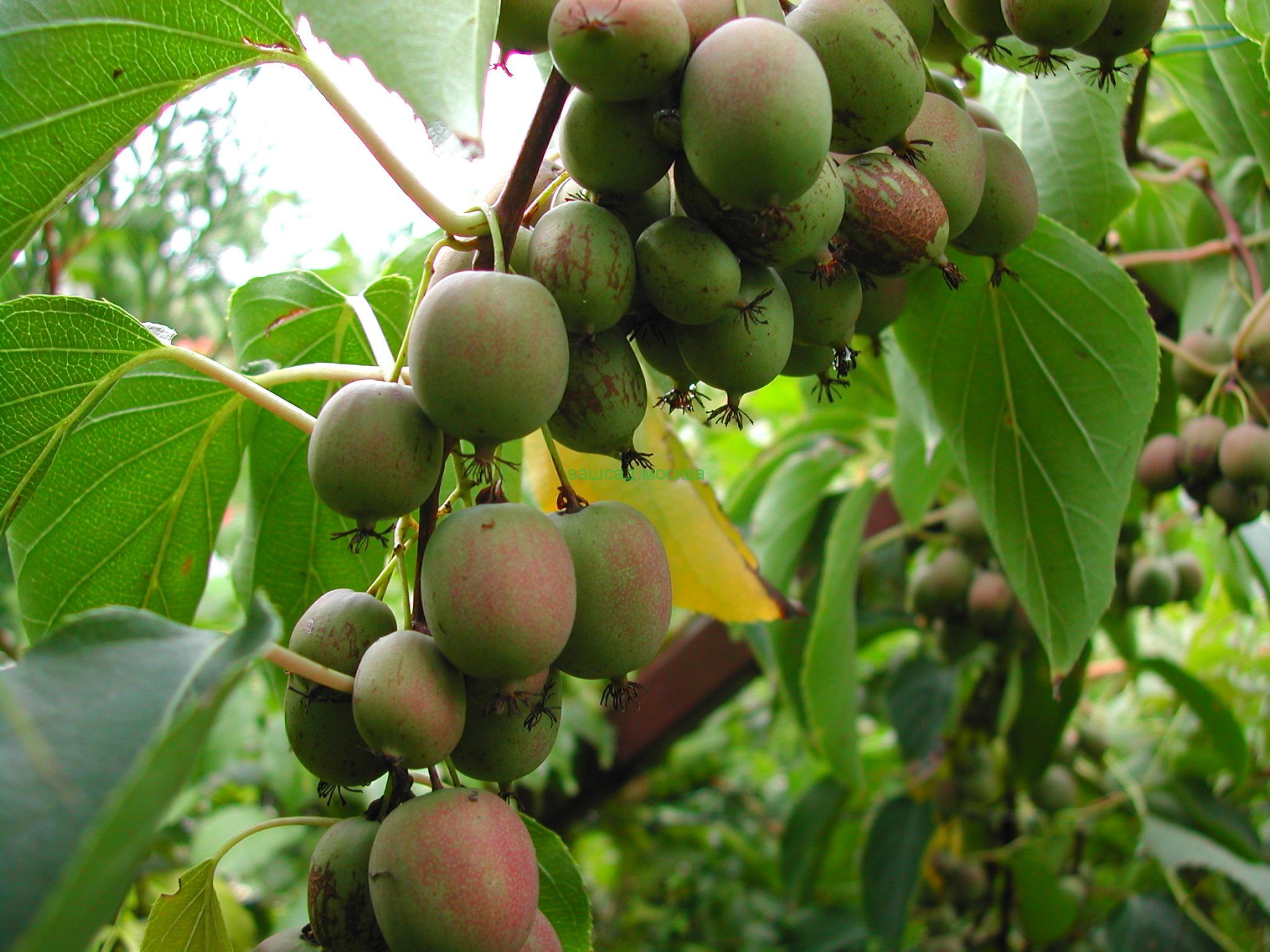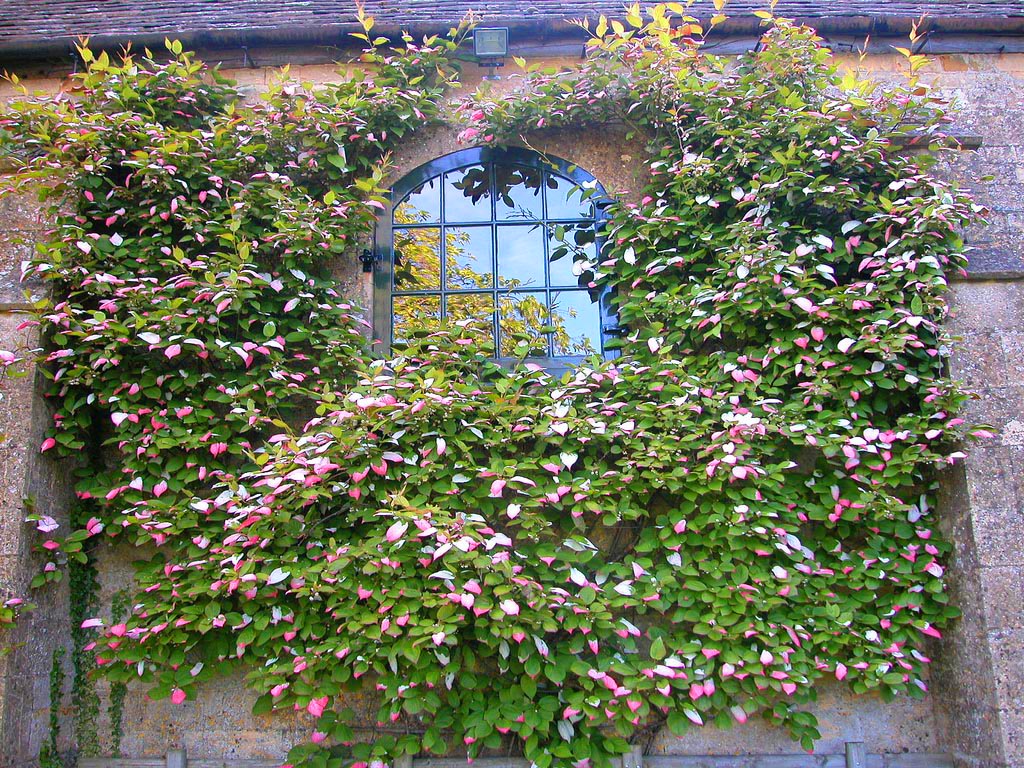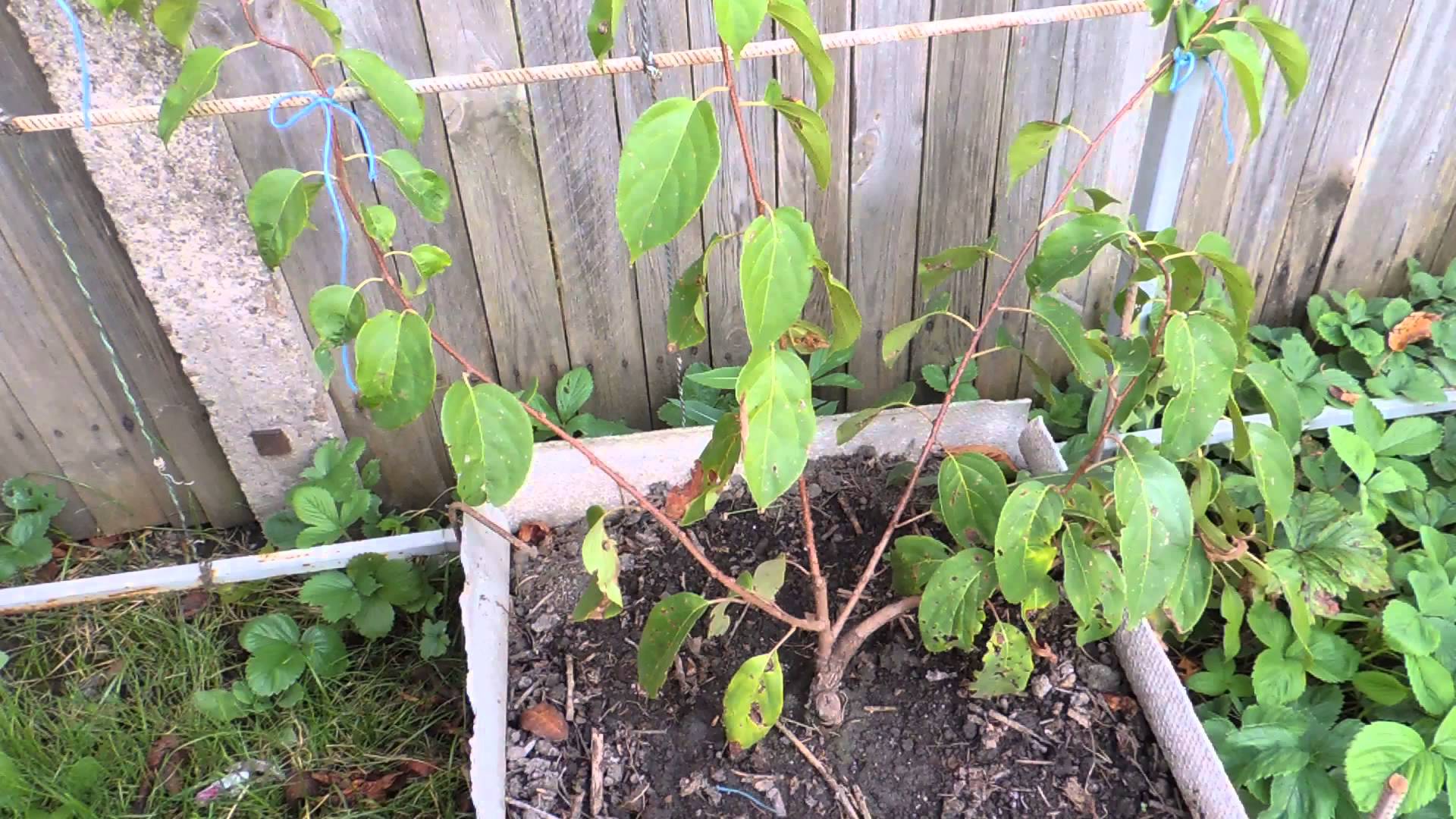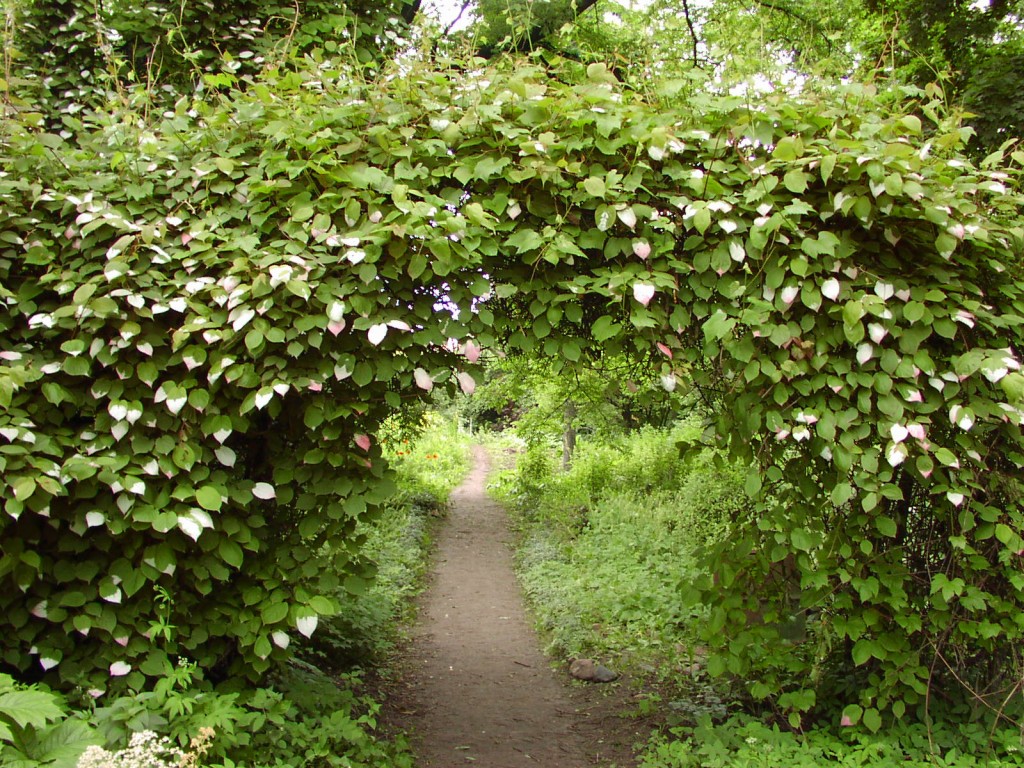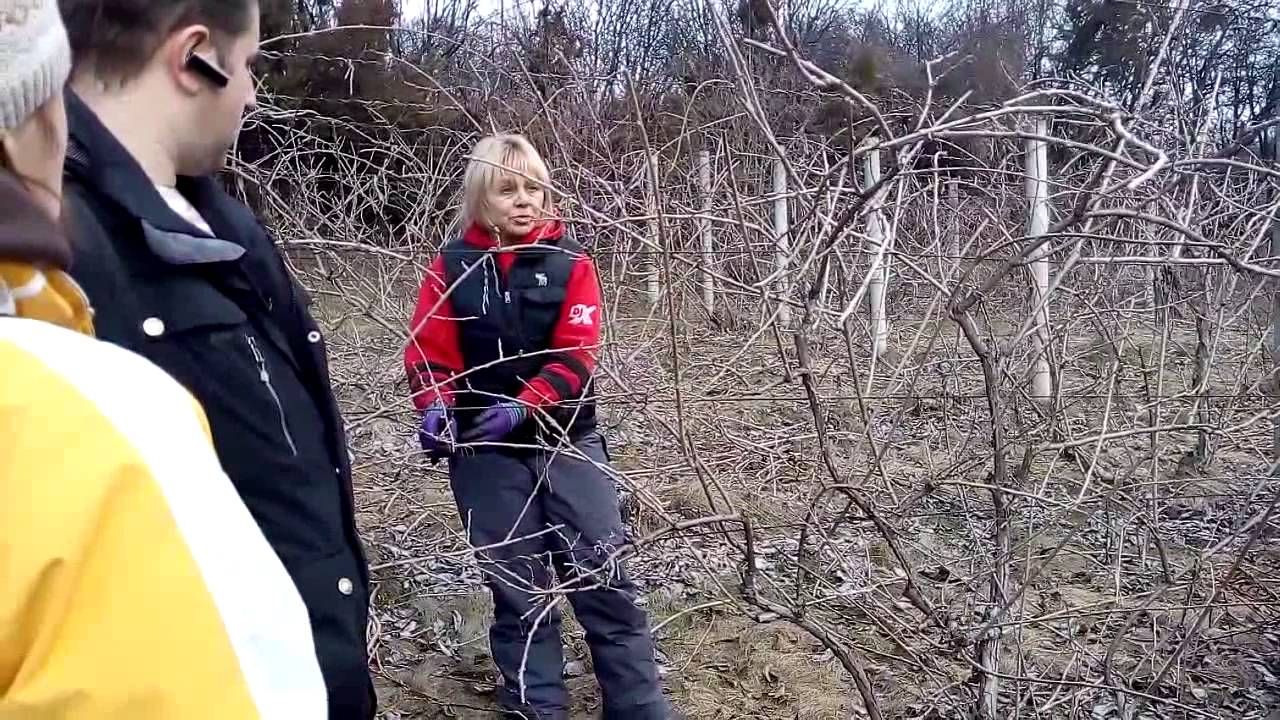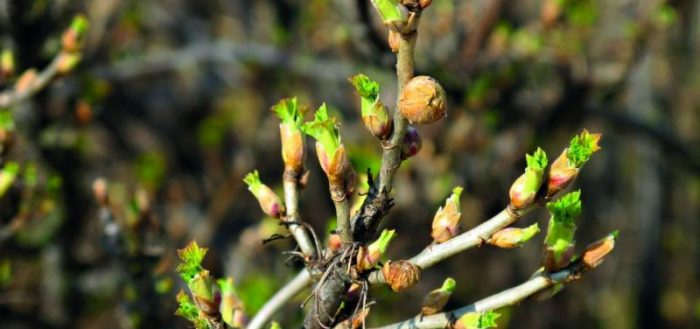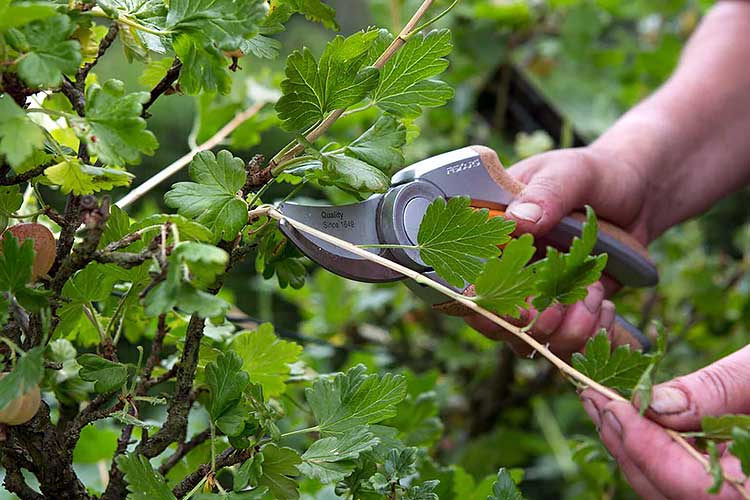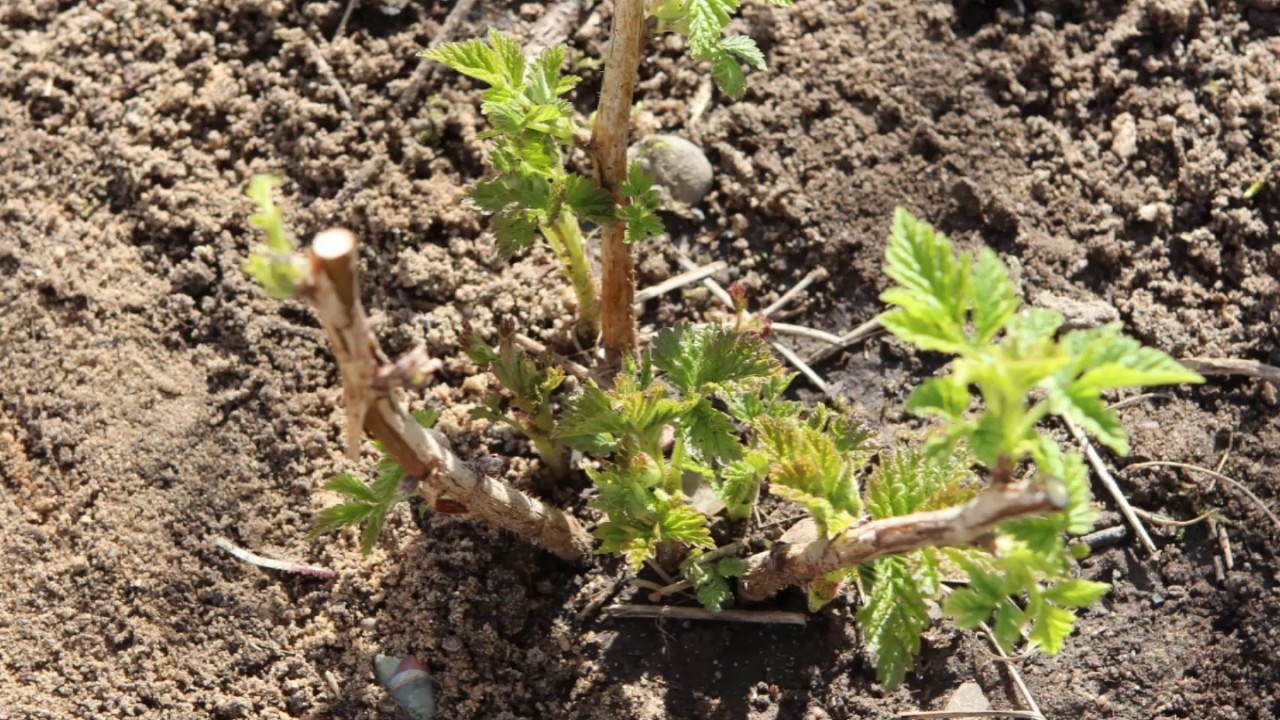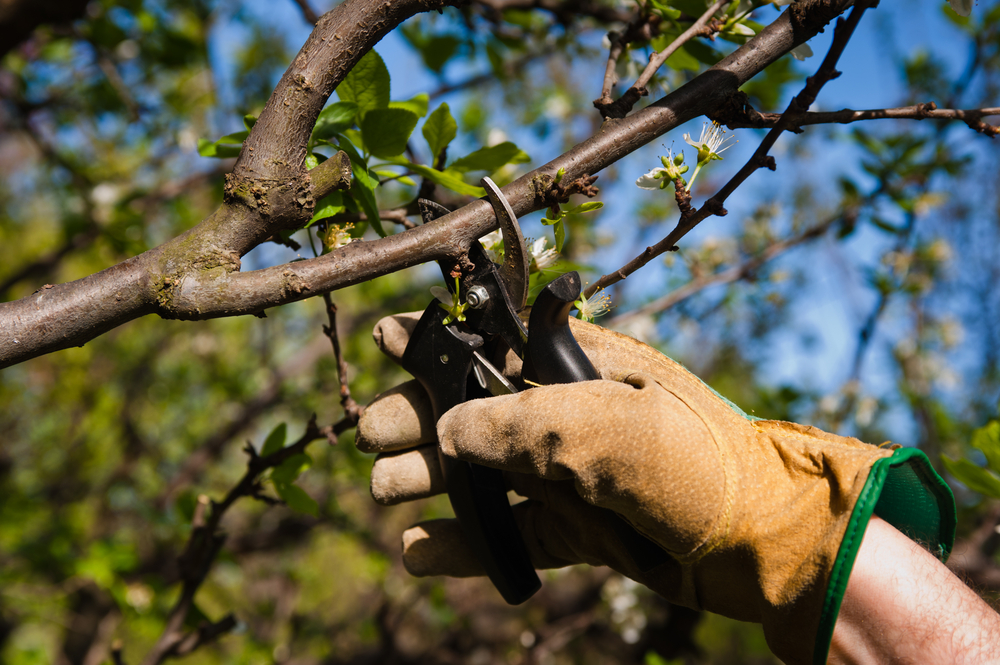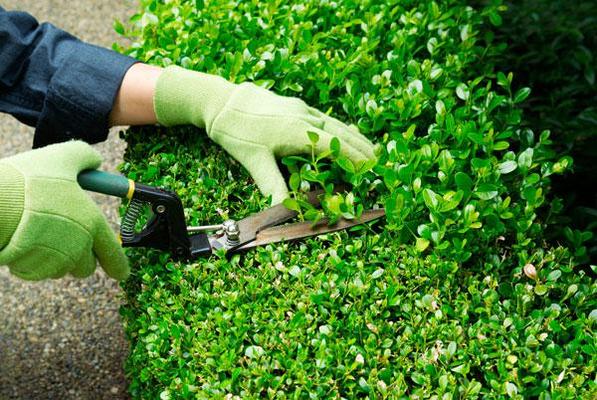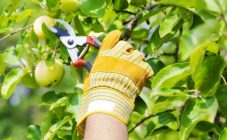Content:
Actinidia or kiwi refers to woody lianas with falling leaves. Grows wild in the Far East. Currently, more than 75 varieties of liana have been bred. The most common domestic or cultivated species are Kolomikta, Poligama and Argut.
Features of culture
Actinidia is a dioecious plant, therefore, for normal fruiting, it is necessary to plant a number of female and male bushes (for 5 female - 1 male).
Since the shrub is a liana, it needs support. Plant height can reach 3.5 m. It is unpretentious in care, does not require a special soil composition. Has a long lifespan (up to 50 years).
If a support is made under the vine, then it wraps around it, twisting around the racks. Grows well in sunny or poorly shaded areas.
The flowering shrub lasts a fairly short period. Fruits are bright green, cylindrical, small in size (up to 3.5 cm in diameter), have excellent taste. The harvesting period is July-September (depending on the variety and growing conditions).
Shrub care is easy.
In order for the liana to be beautiful and bear fruit well, you need:
- weed the area in a timely manner;
- water the liana;
- pruning actinidia;
- feed (2-3 times per season).
The structure of the actinidia bush
Liana kiwi branches quite strongly in a sunny area. Starting from the third year of life, the growth rate of the bush increases.
An adult bush has three types of shoots:
- Fruit, on which berries are formed. Not used for grafting;
- Growth or skeletal, ensuring the growth of the bush, are formed on branches older than 2 years and grow up to 2-3 m per season. They are distinguished by large leaves, large internodes and a powerful core. You cannot cut such branches;
- Mixed - combine the role of the first and second types of shoots. Can be used for grafting.
The root system is strong and grows best in moist soil. The roots have root buds, which are designed to allow the system to recover if damaged.
The buds from which the fruits are formed are formed on annual shoots under the bark in the region of the leaf petiole.
How to propagate actinidia
Often gardeners, who would like their dacha to have more than a standard set of fruit trees and shrubs, are wondering how actinidia is grown and reproduced at home.
The reproduction of actinidia can be done in several ways:
- growing from seeds;
- grafting;
- breeding using layering.
Bush pruning is performed when planting, as well as when forming an adult plant.
Breeding by cuttings and layering
Propagation of actinidia by cuttings in spring is one of the most frequently used methods of breeding vines.
Rooting actinidia with green cuttings, in contrast to the use of lignified cuttings, allows you to quickly obtain high-quality planting material. Thus, spring and summer are best for those looking to propagate a vine.If reproduction is carried out by lignified cuttings, then they are harvested in November-December.
To prepare the cuttings, a vegetative shoot is used, from which twigs with three buds are cut. An oblique cut is performed under the lower kidney. The leaves are removed from the bottom. Vines are rooted in greenhouses.
You can transplant rooted plants to a permanent place in three to four weeks.
Actinidia can be propagated in the spring both by cuttings and by layering.
For cultivation using layering during autumn pruning, several long uterine lashes are left, which are placed in pre-dug grooves (10-20 cm deep). Before laying the lashes, the grooves must be fertilized. For this, fertilizer (humus) is applied and mixed with the soil.
When reaching 30-40 cm, the shoots are pinched.
To stimulate the growth of new shoots, it is imperative to fertilize adult plants with mineral compounds.
The time for transplanting the finished bush to a permanent place is next fall. It is recommended to replant a 2-3 year old seedling, not older. Liana has a delicate root, so it is advisable to transplant the plant along with a lump of earth without damaging the root system. If you transplant an adult actinidia plant, then it is impossible to dig up a bush without damaging the root system. Therefore, the plant may not take root in a new place.
This method of obtaining planting material is simple, even a beginner in gardening will master it.
When breeding actinidia by cuttings or layering, the bush breed is preserved.
How to form actinidia
Liana begins to form from the third year. However, after planting, the tops of young lianas are pinched. This will wake up the lateral buds. In the second year, you can leave the buds, from which the development of lateral shoots is planned, and the rest can be blinded.
Pruning actinidia in the spring during active sap flow is not performed, since the plant will strongly emit juice at the cut site, which can lead to weakening and disease of the bush. Also, do not prune, starting at the end of summer, since any damage to the branch leads to the awakening of the buds located on the shoots of this year. Young twigs that emerged from these buds do not have time to ripen and die in winter.
Thus, the formation of a bush is carried out during the period:
- during and after flowering;
- in late autumn, after the leaves have fallen from the vines.
Fan forming
In the third year of life, the vines are selected the most powerful lateral shoots, which are tied up horizontally, evenly distributing them on the trellis. This year it is important to observe the optimal thickening of the crown. Therefore, the excess shoots are cut off or pinched.
In the fourth year, the liana forms mixed-type shoots, which are shorter in length compared to growth ones. They are tied up vertically.
In the fifth year, again the most powerful and growing shoots are tied horizontally to the trellis, and the fruit-bearing branches are cut off to 4-5 buds from the upper berry.
Ridge molding
Unlike fan-shaped molding, in which all skeletal branches are tied to the support, only 2 shoots are left in the ridge pattern for each row of the support. In the second year after planting, the two most powerful shoots are selected and tied horizontally to the lower wire of the trellis, and the excess shoots are removed. The next year, 2-3 skeletal branches are left on each shoot and tied horizontally to wires 2 and 3, respectively, the rest of the shoots are also removed.
Pruning of different varieties and preparation for wintering
When performing the autumn formation of a bush, you need to adhere to the features of its development. The pruning scheme depends on the type of vine.
Actinidia Arguta can be pruned more intensively, since the laying of fruit buds is carried out only on shortened shoots. In addition, the skeletal branches of this breed are not replaced and usually serve during the life of the shrub.
Actinidia Polygama also needs to cut long branches to get a good harvest next year.
In order that the roots are not damaged in winter, they cover the roots and tree trunks. In the spring, after the frosts have passed, actinidia is opened and top dressing is performed.
How to feed actinidia in spring
To activate the growth of shoots, the plant is fertilized with organic matter. The first feeding is carried out after the buds bloom on the vine. To do this, use rotted manure, which is laid with a thickness of about 5 cm. The second organic fertilizing is performed after flowering. For fertilization, mullein is diluted in water in a ratio of 1:10. At least 2 buckets of fertilizer must be poured under an adult plant.
Timely care will allow you to grow a beautiful vine, which will delight the owners with aromatic, tasty and healthy fruits.
